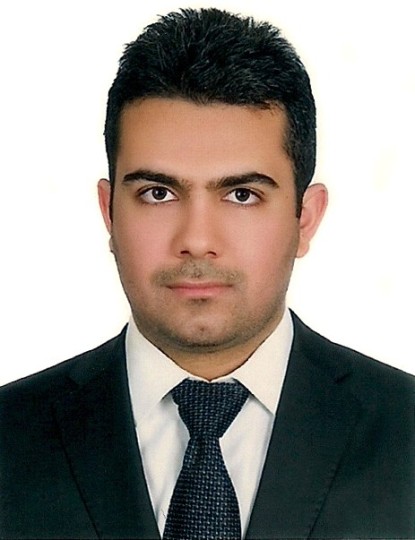Multiscale simulation of textile-reinforced hydrogels for 3D tissue engineering
Advanced Research Project (ARP)
Advanced Research Project (ARP)
Textile-reinforced hydrogels with adjustable porosity and elasticity can function as a versatile platform for soft tissue engineering, e.g. for self-healing implants or prostheses. For instance, a warp-knitted PET scaffold can be infiltrated with hydrogels and cells resulting in a fiber-reinforced matrix with adjustable biological as well as mechanical properties. To engineer and tailor such intricate structures and avoid the effort of repeated fabrication, cultivation, and testing during the design process, the capability to simulate their mechanical behavior is essential.
The goal of this project is to develop a computational multiscale simulation framework that enables the prediction of the mechanical behavior of textile-reinforced hydrogels for 3D tissue engineering. The ultimate goal is to be able to reproduce experimental results for validation and further simulate the behavior when parameters of the knitted scaffold or used materials are varied.
Work program and tasks
- Literature review on (multiscale) simulation of textile reinforced composites
- Creation of parametric geometric models of unit cells (RUC) of warp-knitted spacer fabrics
- Creation of a FE mesh of the composite RUC, including textile scaffold and hydrogel matrix
- Definition of boundary value problem with boundary conditions (BC) for homogenization, i.e., affine or periodic displacements BC
- Literature research and definition of the constitutive models and material properties of textile and hydrogel
- Post-processing of FEA results into stress averages for homogenization
- FEM-based homogenization for different types of loading conditions (uniaxial, biaxial, etc.)
- Extension of implementation and methods from the linear regime (small strains and linear elasticity) to the nonlinear regime (large strains and hyperelasticity)
- Macroscopic simulation of textile-reinforced hydrogel with the multiscale model
- Comparison with experimental results
Prerequisites
- Theoretical knowledge of the finite element method and (ideally) multiscale simulation
- Basic experience with FEA/CAE software or codes (e.g., ANSYS or open-source codes)
- Programming skills in Python, MATLAB or C++

